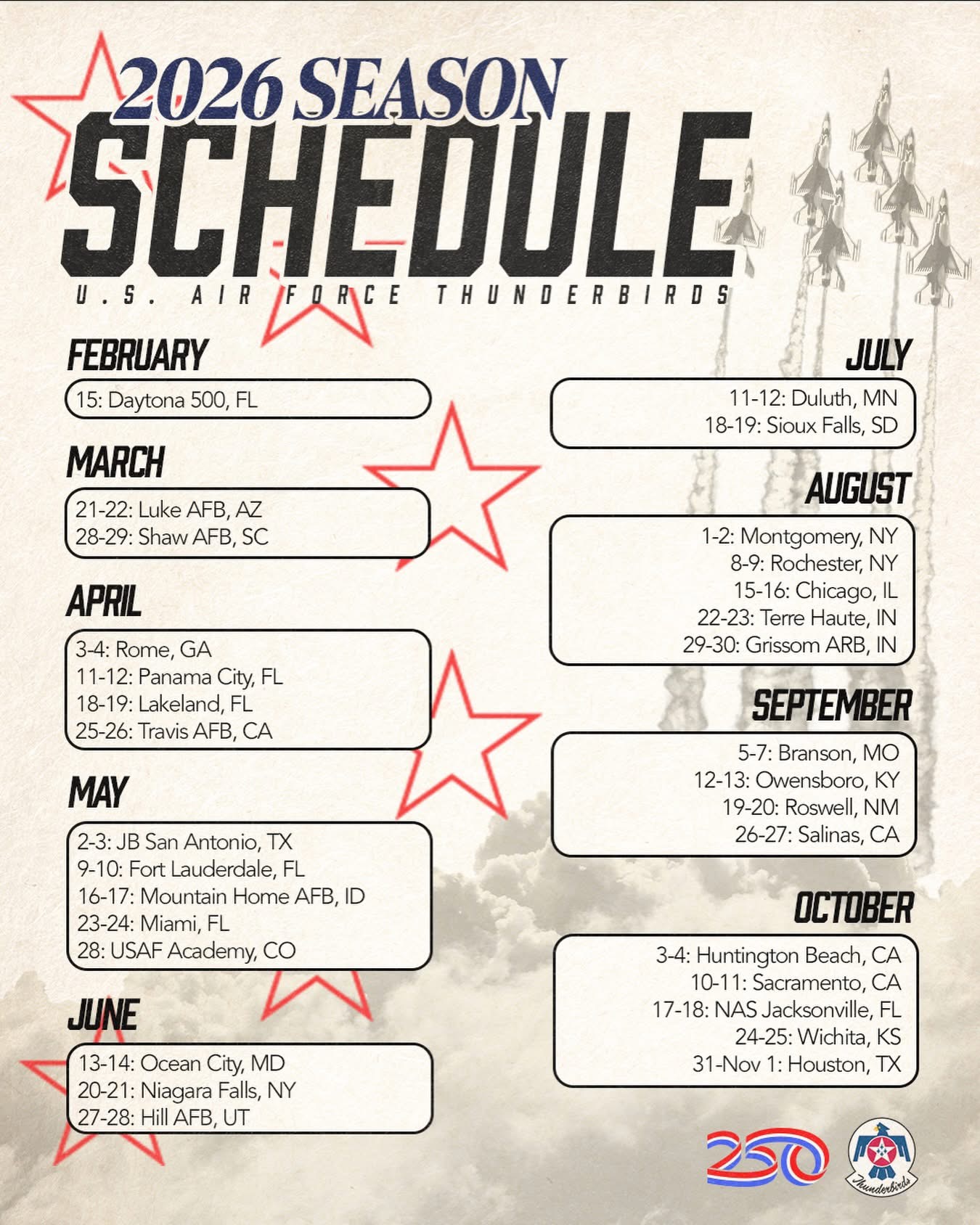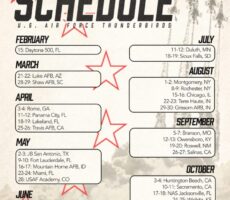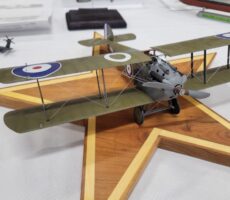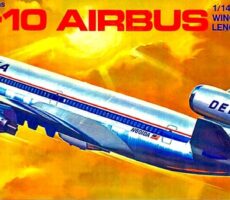USAF Thunderbirds 2026 Schedule



Mike Blohm gave a presentation on the Petting Zoo static display at Nellis, AFB. A separate website article is forthcoming with all the content.
The date of this years Folds of Honor is Saturday, September 6. It will be held at Isleta Casino.
Attendance: approximately 33.
1st
Scott Jaworski
Fi-156 Storch
2nd
Jim Coatney
Sopwith Dolphin
3rd
Dave Epstein
Kfir
1st
Mike Blohm
F-51D
2nd
Victor Maestas
Stealth Blackhawk
3rd
Bob Henderson
A-10
1st
Steve Brodeur
Dune Orinthopter
2nd
James Medina
Hammerhead Transport
1st
Dave Epstein
French Sub “Surcouf”
1st
Bob Henderson
Tiger II
1st
Dave Tingley
German MG Team
1st
Mark Vaughn
F2A-3 Brewster Buffalo
2nd
Mark Vaughn
H-25A Army Mule
1st
Rob Whitlock
Puma
1st
Adrian Montano
Batmobile
1st
Adrian Montano
F-14 on Flight Deck
Gold
Aleya Montano
Millennium Falcon
Silver
Gary Sinning
F-5 Tiger II

Dem Brudders, better known as Bill and Dick Engar from Utah, posted a fun article on modelling airliners with a focus on the Revell DC-10 kit on their website (https://www.dembrudders.com/revell-1144-dc-10–kc-10-kit-history.html). Here is an excerpt:
DOUGLAS AIRCRAFT REVOLUTIONIZED AIR TRAVEL WITH ITS DC-3. IT TOOK ON BOEING DURING THE JET AGE WITH THE EXCELLENT DC-8. THE DC-10 WAS ITS STAR-CROSSED SUCCESSOR. JOIN US AS WE TAKE A LOOK AT THE REVELL DC-10 KIT AND FOLLOW ITS EVOLUTION THROUGH THE LIFETIME OF THE DC-10 AIRLINER.
…
Revell released an early DC-10 in 1972, a year after the airplane was introduced into domestic service on high-volume routes by American Airlines. By the early 1970’s, Revell’s new models didn’t have the same level of intricate detailing that made them legendary from the 1950’s, but the upside to this was that the DC-10 kit wasn’t encrusted with oversized rivets. The kit had open windows with clear strips intended to be glued inside the fuselage before closing it up. This seemed to be a bit of an engineering shortcut compared to their 747 kits, which had clear window segments molded to fit flush with the fuselage. Still, the DC-10 built into an impressive, reasonably accurate model that wasn’t at all hard to build.
Airfix also released a DC-10 kit in 1/144 scale, although it took them until 1980 to do it. My personal preference is the Revell plastic since the kit has the characteristic reinforcement strips across the rear stabilizer and engine. Of course these could be added to the Airfix kit without a whole lot of effort if the modeler so wishes. The Airfix DC-10 was also released by American manufacturer MPC in American Airlines’ livery circa 1982.
American Airlines was the launch customer for the DC-10, eventually acquiring 55 DC-10’s, yet Revell chose Delta decals to include with the first release of the model kit in 1972. The Revell DC-10 “Airbus” debuted in Delta’s legendary “Widget” livery. The model depicted early GE CF6 engines with a bifurcated tail-cone. Apparently this divider was a hot-stream split thrust reverser that didn’t work very well and was soon removed from all early DC-10’s. Interestingly, Delta was better known for its use of Lockheed’s competing L1011 with 70 of these aircraft eventually in use. Originally, Delta took delivery of 5 DC-10’s, which were only purchased as a stopgap anticipating delivery of the delayed L1011. Delta later picked up 12 DC-10’s from their merger with Delta in 1987 but these aircraft were quickly passed on to other airlines once the merger was complete.